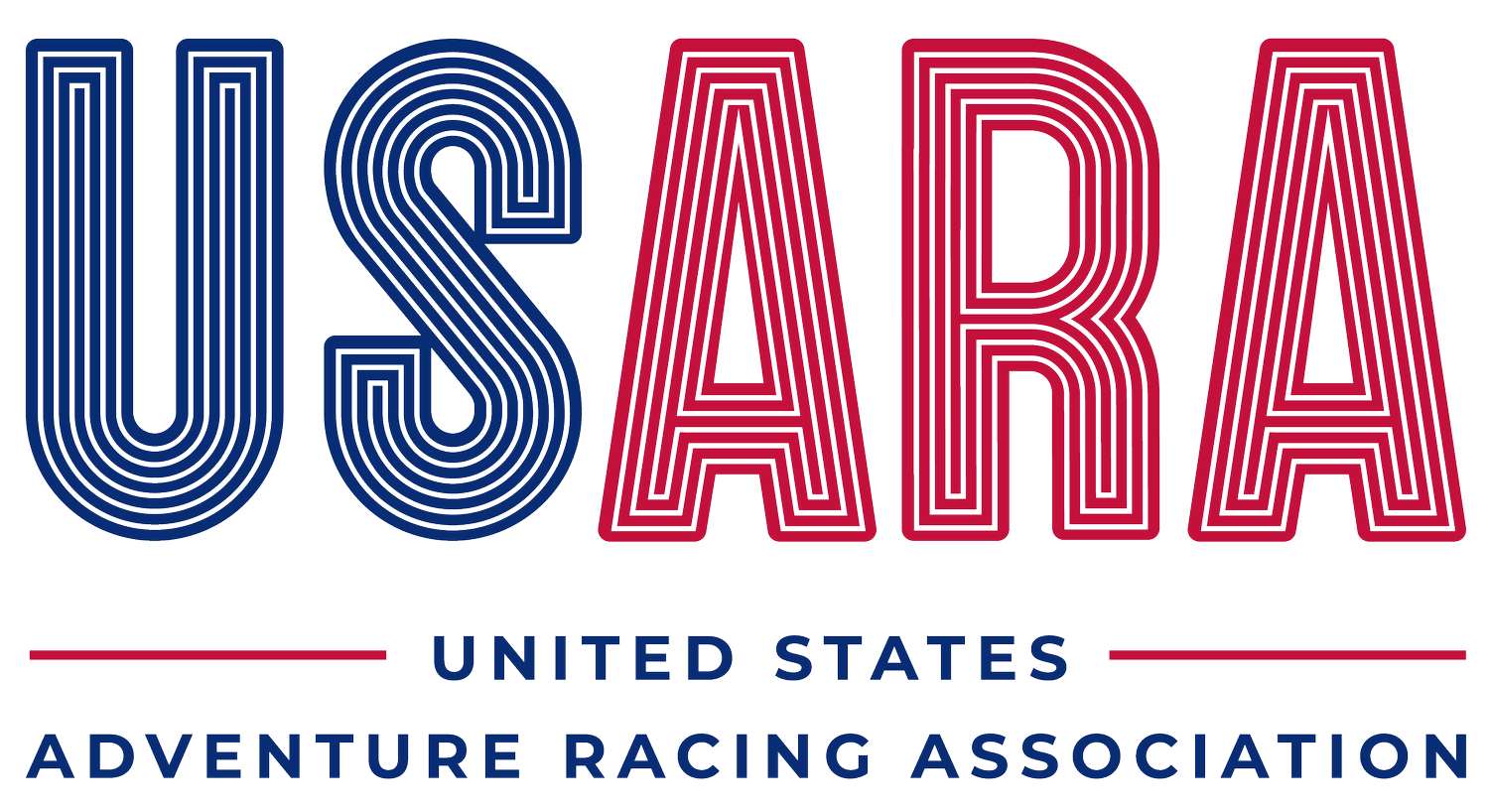Trek Training to Reduce Risk of Injury
by Karyn DuLaney
The racing season is here!! As warm weather settles in, the races that once loomed ahead on the calendar are rapidly approaching. One of the best and most challenging parts of adventure racing is never knowing exactly what the course will entail. It is important to have a robust and resilient body to tackle the unexpected distances and physical challenges that race day may bring.
The truth is that, in all sports, sometimes injuries just happen. In my experience as a physical therapist, I have seen athletes do “everything right” and still get injured. Sometimes injuries happen due to falls, bike crashes, or just bad luck. However, there are some injuries that we can prevent. Gradual increases in training loads allow for greater adaptation in our bodies to decrease the risk of tendon injuries. Strength training can also help to prevent musculoskeletal injuries by increasing the stiffness and strength of our tendons and bones. And we can train our neuromuscular system to improve our mechanics as we fatigue. Priming our neuromuscular system can also help with our response to the “oh crap zone” moments to quickly recover when our knees or ankles move in directions we aren’t used to. The following is intended to give some ideas of the demands adventure racing can place on us and how training can prepare our bodies to decrease the risk of injury.
This article will focus on trekking, while future articles will focus on biking and paddling. For more immediate training advice, visit our AR coach page to find a coach who can help you coordinate your workouts and design an individualized program to meet your racing goals.
Trekking:
Elevation gain and loss during racing are some of the biggest mechanical stresses on the legs. It is important to train in places that will simulate the expected elevation you may encounter during your race, particularly as you get closer to race day. If you don’t have local hills to train on, consider planning a training camp weekend at a destination that allows you to hit some good climbs and descents. In addition, to make sure your legs are ready for all that vert, try these exercises:
Step-ups with weights
Lunges with weights- forward or rear foot elevated
Calf raises with weights (place the front leg on a raised surface to further mimic the mechanics of running or walking up a hill.)
While descending hills requires less effort from our cardiovascular system, it is more demanding on our legs and knees. Muscles working eccentrically to control motion leads to increased muscle soreness and fatigue. This is particularly true if you are not accustomed to it, as anyone who has ever experienced DOMS will attest to. To decrease the risk of knee pain or ITband syndrome, strong muscles can help to prevent fatigue from altering the mechanics at your hips and knees. The following exercises will help to prepare your legs for running down hills:
Eccentric squats - place a resistance band around the knees and gently push into the band as you squat.
Jump downs
Lateral tap downs
Your stride may differ when running on a trail versus off-trail. Bushwhacking often requires us to lift our legs a little higher than usual to clear brush and step over logs and other obstacles. This requires increased use of our hip flexors, so strengthening them is important. Consider these exercises:
Marching with Farmers Carry
Dead bug with a resistance band
Marching with a kettlebell (can be done standing or laying down))
In addition to lifting our legs higher, it is also important to improve the proprioception (the body awareness in space) in our foot and ankle to respond to the unexpected as we bushwhack. While proprioceptive training may not prevent a first-time ankle sprain, it can prevent future ankle sprains when combined with strength training.
Ladder drills
Peroneal sidestep - perform sidestepping with the resistance band around the feet instead of the ankles to engage the muscles on the outside of your lower leg.
Finally, because the added weight of a pack can impact our lower leg mechanics, it is important to train for this. Gradually increase the weight and time you spend training with your pack. Use the “required gear list” provided by the race director to determine how heavy your pack will be. Added weight increases the effort to run or walk. Postural differences with a pack may alter the mechanics at your knees and hips. I also always consider that in adventure racing, you may need to push, pull, or carry more than you are used to. A strong core will help you be ready to throw on your teammate's pack, wrangle PFDs and oars, or sling that packraft over your shoulder. To improve resilience to prevent injuries and fatigue with this, consider the following exercises:
Farmers carry
Purse carry
Suitcase carry
OH carry
Plank with weight drags (side to side or through)
Bird dog with row
While this may seem like a lot, a general strength program can be done in 30-40 minutes. Maintaining strength is particularly important for racers in their 40s or older, as muscle mass declines each decade.
**This article is not intended to provide medical advice. Always consult a medical professional before starting an exercise routine.
